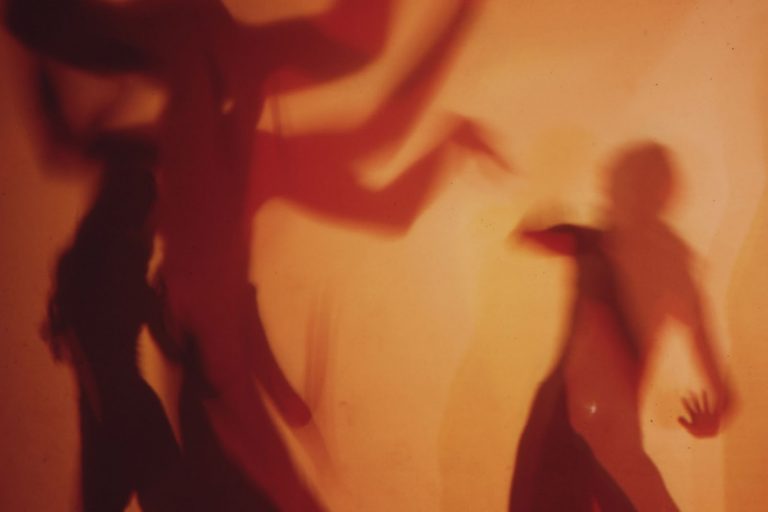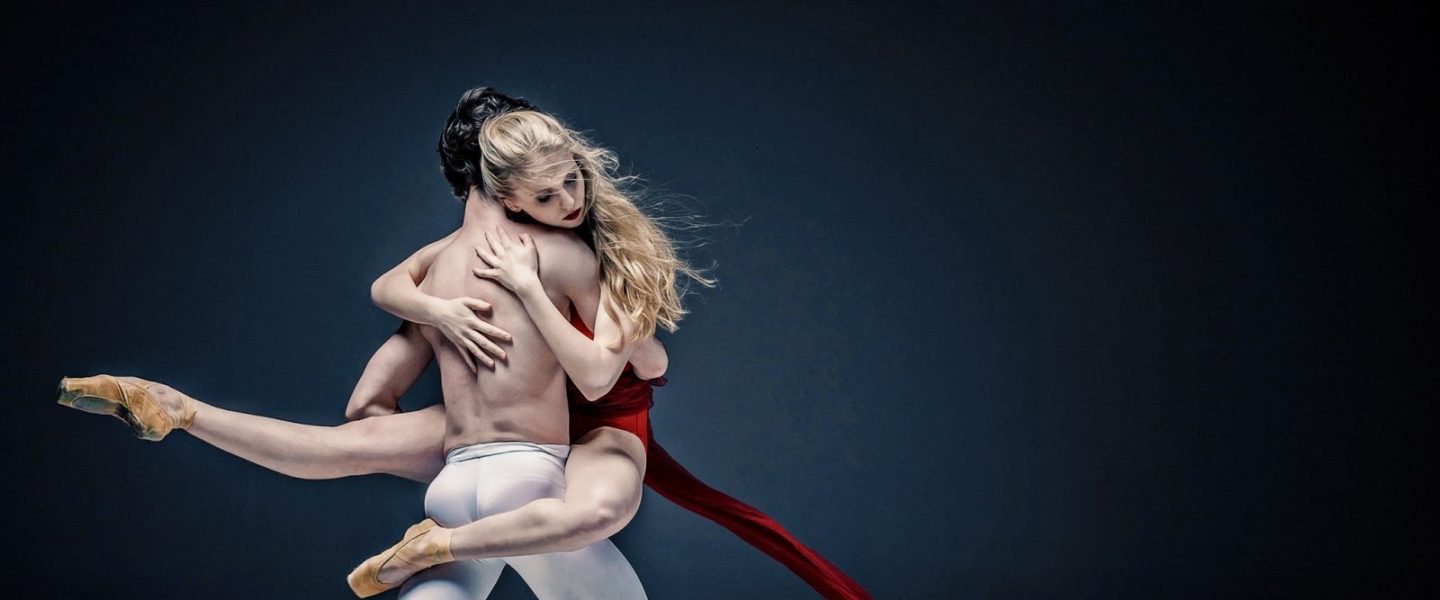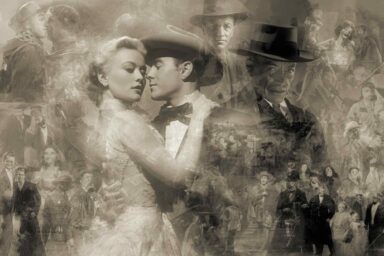Tales of Reopening: The Dancer
After more than a year of choreographing and teaching dance on a tiny screen, returning to the studio offers its own challenges.
Dancing in three dimensions… at last.
Dancing is about moving through three-dimensional space. But for dance students and their teachers, that space has shrunk, for the past year and a half, to tiny, two-dimensional squares on a computer screen.
Aviva Geismar, a dancer, choreographer, and associate professor of dance at Queensborough Community College, is all too familiar with trying to squeeze three dimensions into two. As her students plié-ed and jetté-ed through their paces in ballet class last March, the school was preparing to close its doors due to the pandemic. “We had to tell the students this was the last day, but we thought it would last just for the rest of the semester until May,” she said. Because they were all rehearsing pieces for exams, everyone went home and kept on dancing, waiting to go back.
Instead, Geismar and her colleagues were given 10 days to prepare to teach online. Some teachers were well-versed in technology, but Geismar said there were faculty who’d been teaching for 40 years or more, and they barely knew how to check their email, much less teach online.
When classes resumed, online, after those 10 days, issues arose — everything from students not having computers, to sketchy internet access, to having no appropriate space in which to dance. “We had students trying to dance in their bathrooms, or in the hallway outside their apartments,” Geismar remembered. “Students tried to follow class on their phones — tiny screens, they can’t see anything!” The school closed again to do a “recalibration,” and “reopened” a week later.
“I had to change how I taught everything. I had to simplify. I also had to dance more,” she said. Usually, the teacher demonstrates, then the students dance while the teacher watches, but in the strange new online world, she knew students were watching a teacher who was inches tall.
Many of her students are the first in their families to go to college, and many of them lived at home with family members. There were many “uncomfortable lines I inadvertently crossed,” Geismar said; she saw students arguing with their parents, family members coming in and out of view, students needing to parent their kids. “I saw more than I wanted to see.”
Bouncing around in your kitchen is fun for us mortals, but hardly the environment a serious student of dance needs. Geismar lost the ability to see a student traveling through space; “I lost who they were as dancers.” Homes and apartments aren’t set up like a studio; students cobbled together what spaces they could.
Another characteristic of dance Geismar noted is how the student exhibits a sense of weight — again, hard for us earth-bound folks to understand, but a vital part of a dancer’s proficiency that can’t be expressed through a computer screen.
Further complicating Geismar’s online dance teaching is the idea of changing directions with your body. If you tried doing online yoga or hip-hop dance classes during the pandemic, you know how confusing it can be to figure out what’s left or right; do I follow the teacher like a mirror? Even a seasoned professional like Geismar, who has taken dozens of online classes in the past year, finds it complicated and confusing to keep up with the teacher. On the other hand, too closely following the teacher makes the dance robotic, she said. “Dancing isn’t just doing what the teacher is doing; it’s being able to express yourself, and just mimicking my movements doesn’t leave much room for that.“

The main thing that Geismar missed, and that she is looking forward to as her school begins in-person classes this fall, is the intangible energy of the class. “When you’re in the studio with the students, you can feel the vibe — are the students focused? Are they tired? Are they just not understanding a move? Have they mentally checked out, or fallen asleep?” she said. “You can just feel more in the room together.” All of this is nearly impossible to ascertain remotely.
While Geismar is excited to return to the studio with her students, she has discovered a benefit of online learning. For the final exam, students are required to choreograph and perform a dance. This year, they’ve had to record their dance and submit it. This takes significant pressure off the students, allowing them to perfect their dance in a way that’s not possible in a live classroom.
Geismar is optimistic about in-person classes this fall. But she’s also apprehensive about students’ (and teachers’) fitness. “You have to work up to the full physical exertion that a dance requires,” she said. It takes more effort to move big, and “we haven’t been moving big for a year and a half,” including the teachers. “We’ve been teaching in our own apartments and small rooms – all of us are noticing the lack of endurance that has come from over a year of lockdown. If we’re not careful, everyone will get injured.”
Her eyes light up as she thinks about school reopening in the fall. The live accompanists are back in the studio with the students — “No more canned music!” she said gleefully. And she gives her students big props for surviving the past year. “It’s amazing what we’ve all done.”
For more in WhoWhatWhy’s series Tales of Reopening, see: Tales of Reopening: The Comic



